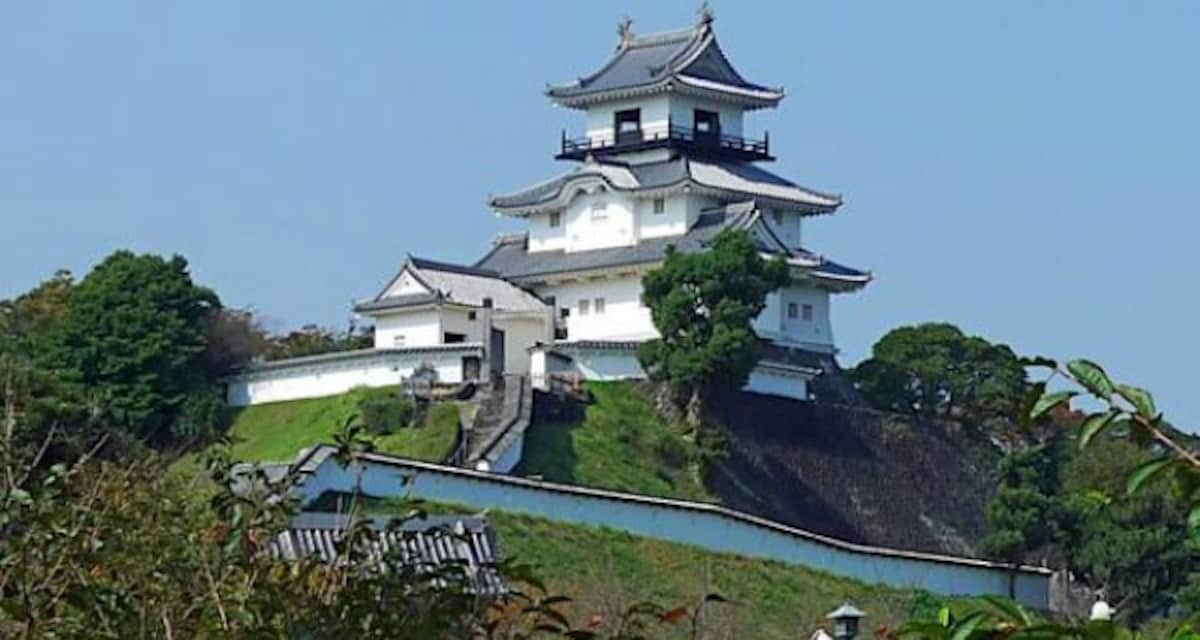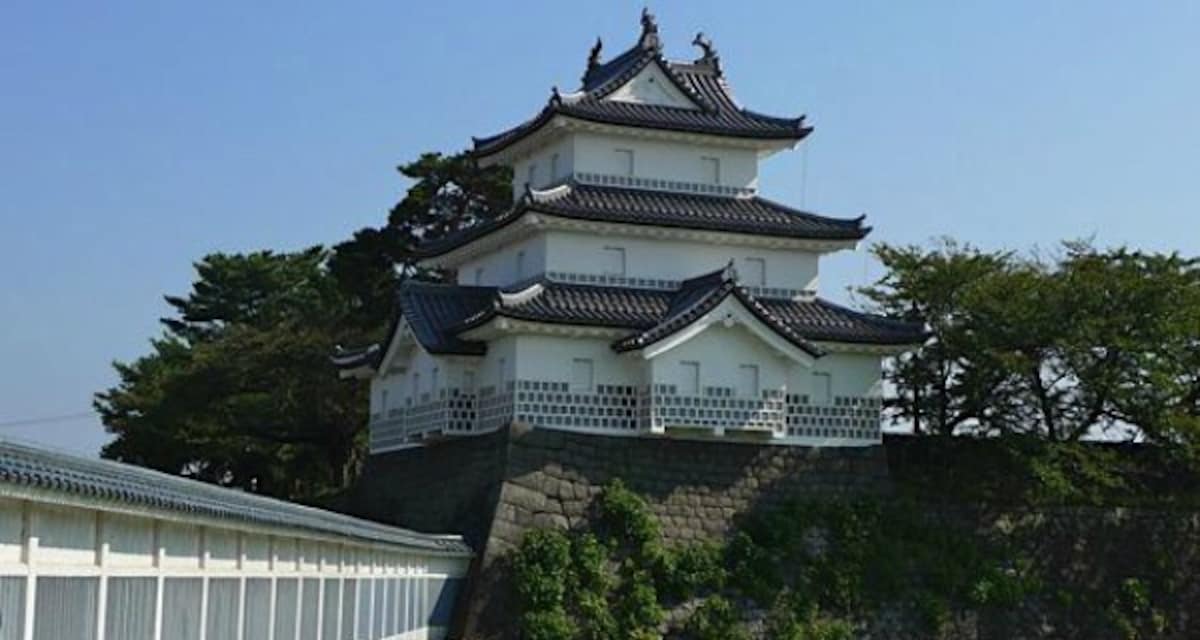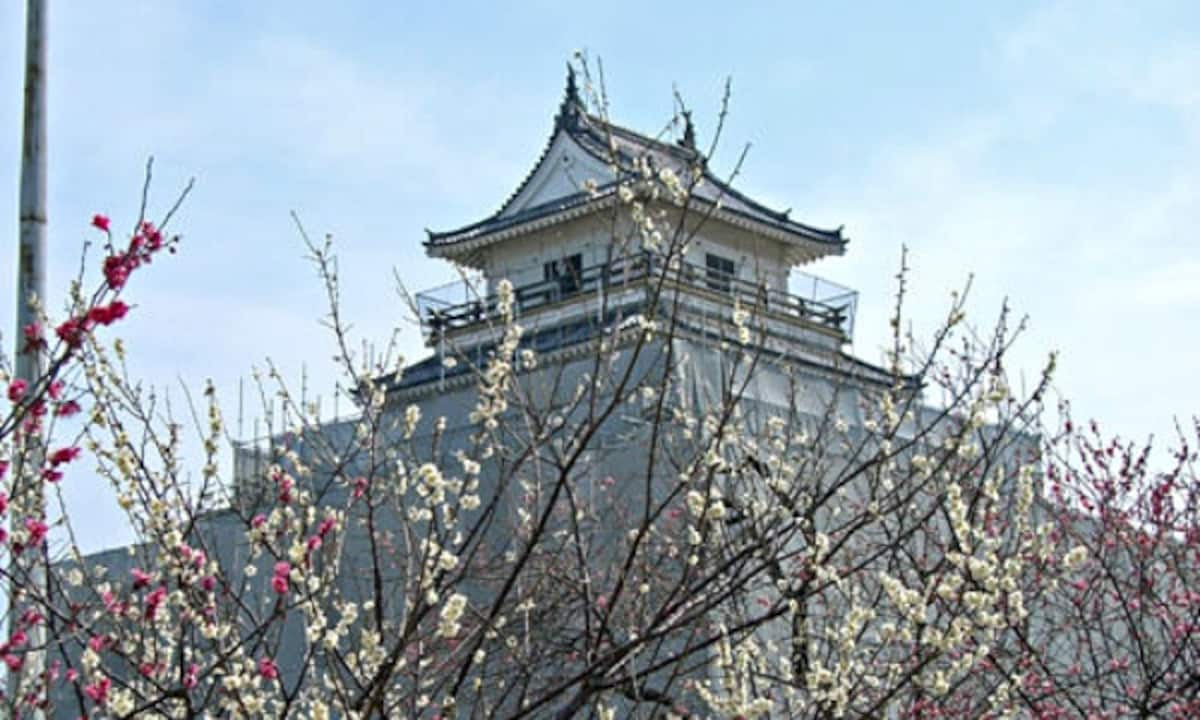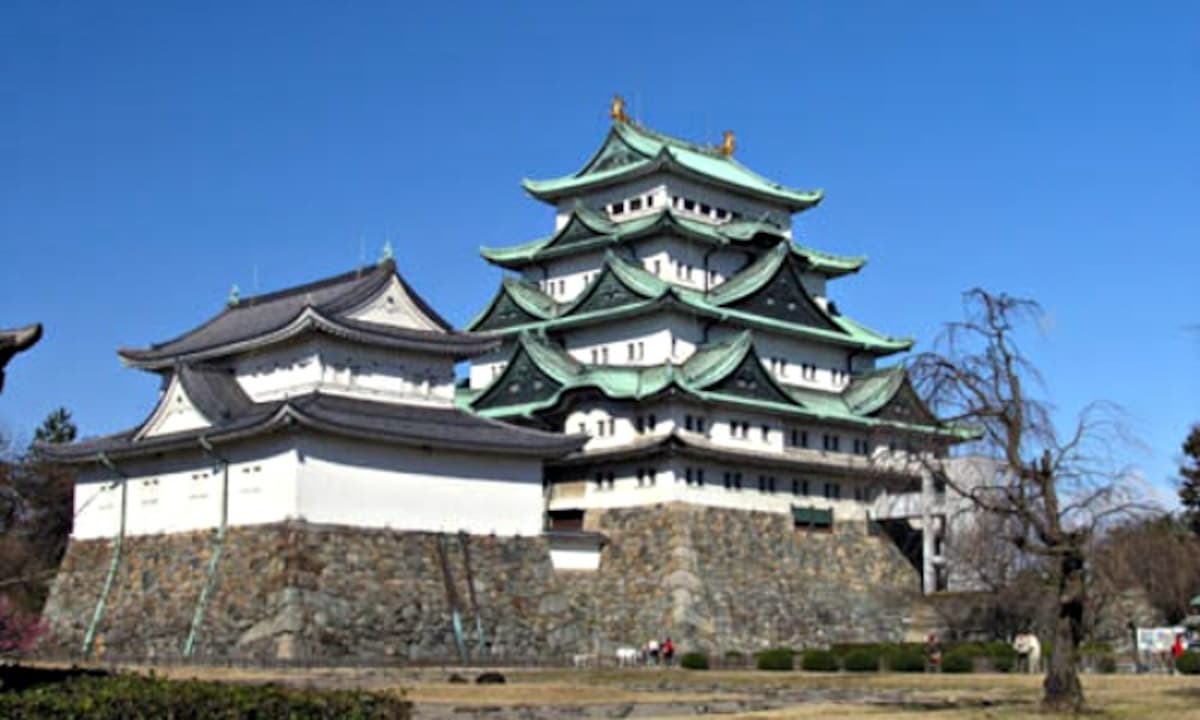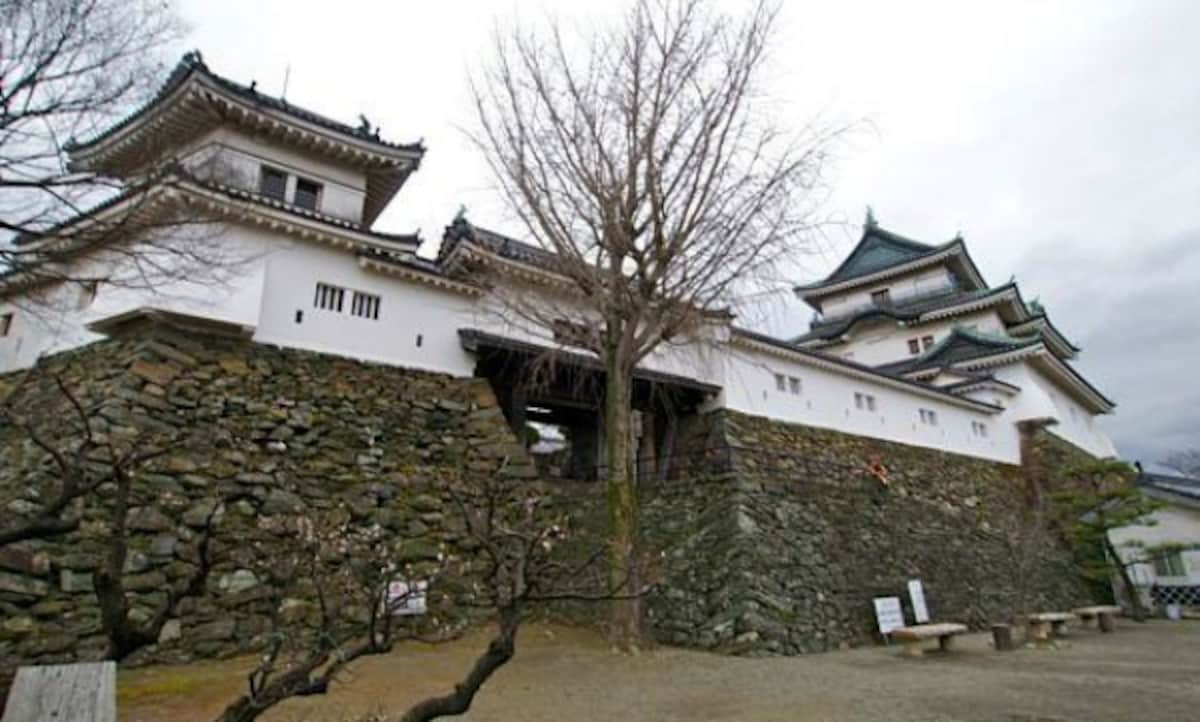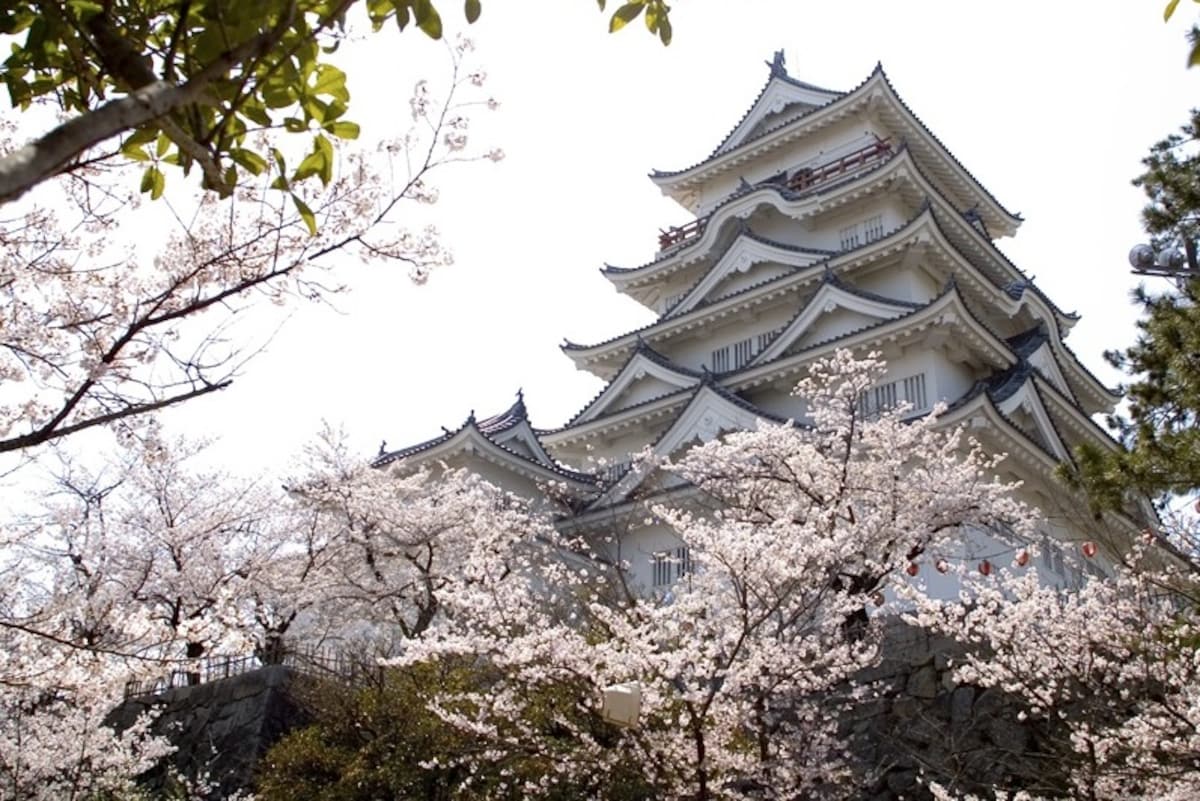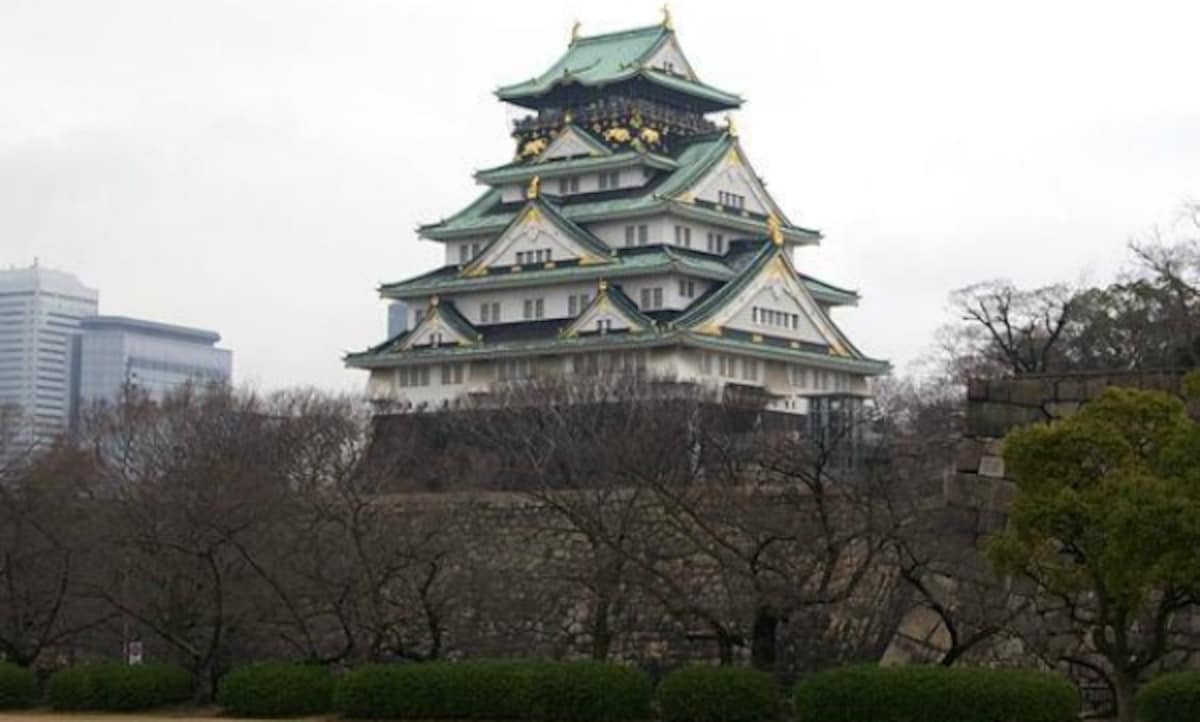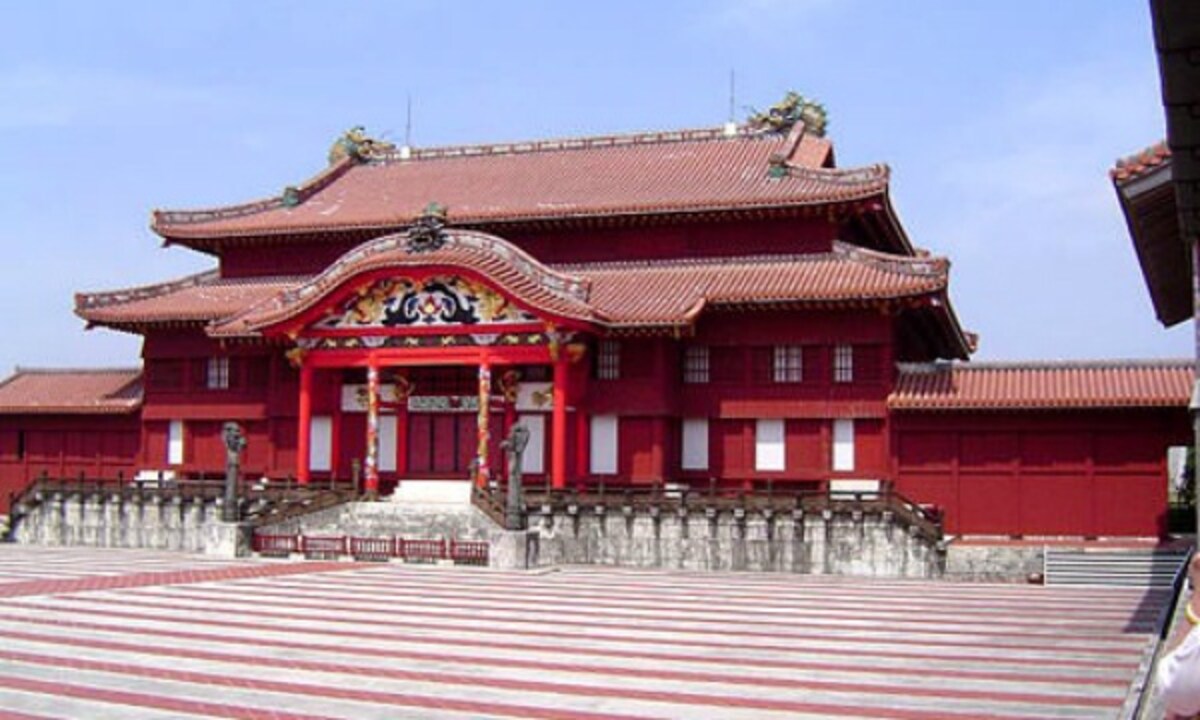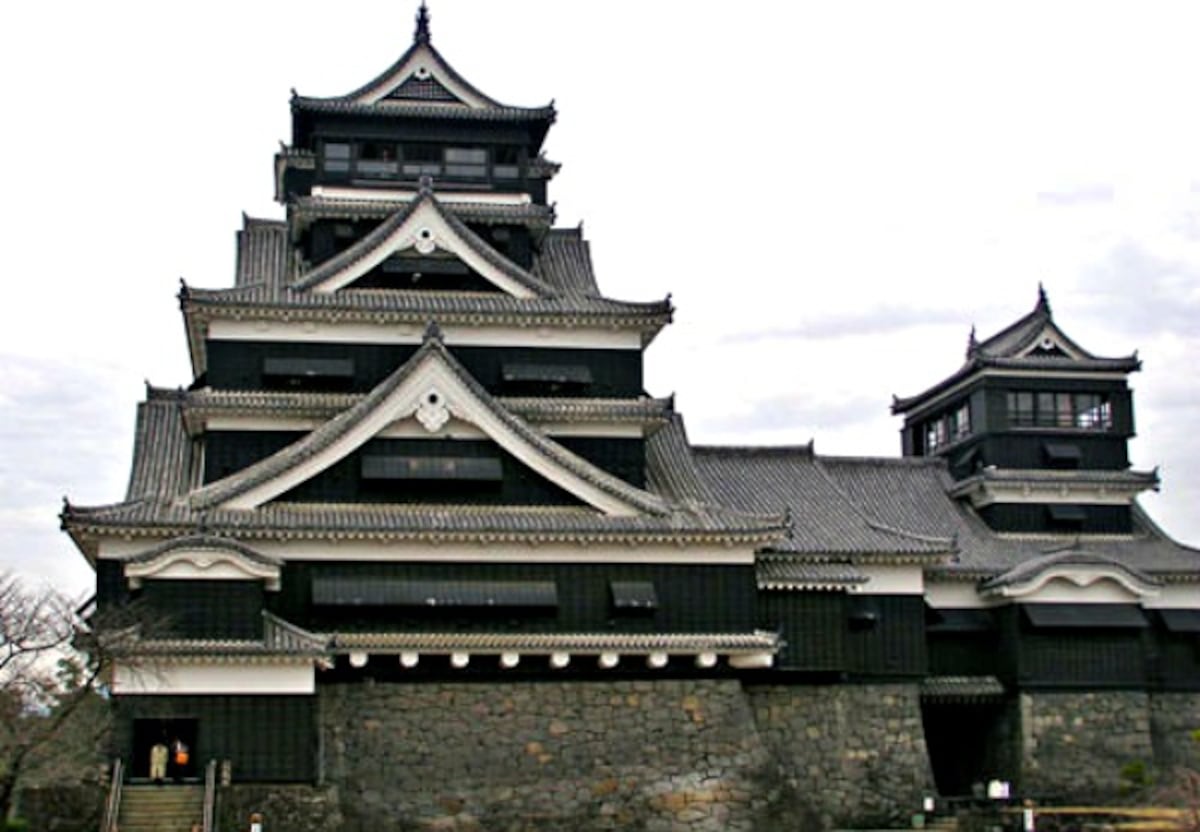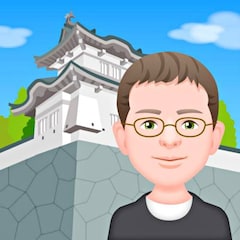Japan's Top 11 Reconstructed Castles
Castles play a very significant part of Japanese history. However, many were dismantled by the Tokugawa Shogunate. Of the ones that remained, nature took its toll on them with fires and World War II brought more calamity as some were destroyed by air raids. Down, but not out, these 11 castles have been reconstructed and are waiting for your visit!
By Jcastle11. Ozu Castle (Ozu City, Ehime, ☆☆☆☆)
The first fortifications on this site were constructed in 1331 by Utsunomiya Toyofusa. From 1585 to 1617, the castle was ruled by a quick succession of lords including Kobayakawa Takakage, Toda Katsutaka, Todo Takatora and Wakisaka Yasuharu. The castle you see today was most likely built up during this time.
Kato Sadayasu arrived in 1617 and his descendants ruled until the Meiji Restoration. The main keep was destroyed in 1888. The reconstruction was completed in 2004 using wood and traditional methods. It also connects two of the original yagura (towers).
10. Kakegawa Castle (Kakegawa City, Shizuoka, ☆☆☆☆)
Imagawa Yoshitada had his retainer Asahina Yasuhiro build Kakegawa Castle—about .5km to the northeast of the present castle's location—to help control this vital point of the Tokaido road, which connected Edo (the former name for Tokyo) to Kyoto.
His descendant, Asahina Yasutomo, lost the castle to Tokugawa Ieyasu's forces in 1569. In 1590, the area was absorbed by Toyotomi Hideyoshi who stationed Yamanouchi Kazutoyo here when Tokugawa moved to Edo. Yamanouchi built the tenshu (main keep) on the current site and renovated the castle and town into a more modern castle.
After the Battle of Sekigahara (1600), Yamanouchi was moved to Kochi. Yamanouchi's main keep was destroyed in an earthquake in 1604 but was soon rebuilt. The new keep lasted until 1854 when it destroyed by another earthquake. It was not rebuilt and the castle was dismantled in 1869. It wasn't until 1994 when sections of the castle, including the honmaru (the inner core of the castle), were rebuilt using traditional methods.
9. Shibata Castle (Shibata City, Niigata, ☆☆☆☆)
In the Sengoku Period, the Shibata clan ruled over this area and were aligned with Oda Nobunaga. Naturally, that put them at odds with Uesugi Kagekatsu who defeated them in 1587. In 1598, Mizoguchi Hidekatsu founded Shibata Castle under the orders of Toyotomi Hideyoshi. It was not completed until 1654 under the third generation Mizoguchi, named Nobunao.
In 1872, when the Meiji Government ordered the castle to be dismantled, it had 11 yagura and five gates. Of those 16 main structures, only one gate and one yagura remain today. The majority of the ninomaru (the outer citadel) and the honmaru baileys are now occupied by the a Self Defense Forces base. Because of that, you cannot enter the three-story yagura pictured above. The closest that you can get is where this picture was taken, just across the moat.
The same three-story yagura was used as the main keep for the castle. Look closely at the roof of the castle; how many shachihoko (fish-type mythical creatures with tiger heads) do you see? There are three. The roof of the top level is in the shape of a T with a shachihoko on each end. It's the only yagura in Japan with three shachihoko on the roof.
The castle was reconstructed in 2004. Take the time to visit the samurai homes about 1.5 kilometers (1 miles) from the castle. They're well worth your time.
8. Okayama Castle (Okayama City, Okayama, ☆☆☆☆)
Ukita Naoie began construction of the castle in 1573, but it was not completed until 1597 by his son Hideie. After the Battle of Sekigahara, Kobayakawa Hideaki was given control of the castle but he died just two years later.
Ikeda Terumasa's second son, Ikeda Tadatsugu (a grandson of Tokugawa Ieyasu), became the new lord of the castle. The Ikeda family continued to rule until the Meiji Period. This was another one of the great castles of the Edo Period that was unfortunately destroyed in the air raids of 1945.
The reconstruction efforts began in 1964 and were completed two years later.
7. Shimabara Castle (Shimabara City, Nagasaki, ☆☆☆☆)
The Arima clan, who were Christian lords, ruled over the Southern part of the Shimabara Peninsula from Hinoe and Hara Castles. The Tokugawa Shogunate had originally been tolerant of Christianity, but from 1614 they changed policy and expelled the missionaries. At this time, the lord of Shimabara, Arima Naozumi, was also relocated and Matsukura Shigemasa took his place. Matsukura strictly enforced the prohibition against Christianity.
Instead of making use of the Arima's castles, Matsukura began construction of the new Shimabara Castle and heavily taxed the peasants to pay for it. This oppression of the peasants is what led to the Shimabara Rebellion from the winter of 1637 to 1638. In an interesting twist of events, the rebels made use of Hara Castle which had simply been abandoned years earlier by Matsukura. The buildings were gone but the moats and walls remained so with little effort the rebels had a fully defensible stronghold.
Shimabara Castle had several different ruling families until the Meiji Period when it was disassembled. The castle buildings that can be seen today were rebuilt starting from 1963.
6. Nagoya Castle (Nagoya City, Aichi ☆☆☆☆)
In 1610, Tokugawa Ieyasu ordered the construction of Nagoya Castle to solidify the Tokugawa authority in Owari (Nagoya and vicinity). The castle was completed in 1612 and Tokugawa's ninth son, Yoshinao, entered the castle in 1616 from which he governed over Owari.
Nagoya-jo (jo meaning castle) is famous for the two golden shachihoko that adorn the top of its main keep. That's why it's also known as "Kinshachi-jo"—kin is gold.
Had it not been destroyed by the bombing of World War II, Nagoya Castle may have been more splendid than Himeji Castle with its original main keep and lord's palace. It was rebuilt using concrete in 1959.
5. Wakayama Castle (Wakayama City, Wakayama, ☆☆☆☆)
In 1585, under the orders of his older brother Toyotomi Hideyoshi, Toyotomi Hidenaga established Wakayama Castle to help rule over the Kii area. When the castle was finished, Hidenaga had made Yamato Koriyama Castle his home base and stationed Kuwayama Shigeharu here in his place.
Asano Yoshinaga was stationed at Wakayama Castle after the Battle of Sekigahara (1600). In 1619, Tokugawa Ieyasu's 10th child Yorinobu became lord of the castle. From that point until the Meiji Restoration the castle was ruled by successive Tokugawa lords.
Even after the Meiji Restoration, the beautiful main keep was kept intact and designated a National Treasure. Unfortunately, it burned to the ground during bombings in 1945. Wakayama Castle, together with Himeji Castle and Iyo-Matsuyama Castle, is one of the "Three Great Flatland Mountain Castles." It was reconstructed in 1958 using concrete.
4. Fukuyama Castle (Hiroshima City, Hiroshima, ☆☆☆☆)
In 1619, Mizuno Katsunari, a cousin of Tokugawa Ieyasu, was the first of the Tokugawa hereditary vassals (fudai daimyo) to be stationed in the Chugoku region. He was placed at Fukuyama to be just between the non-hereditary vassals (tozama daimyo) in Hiroshima and Okayama.
He received great support from the Tokugawa Shogunate in the form of money, materials and buildings transferred from Fushimi Castle to build this rather large and strong castle (consisting of 23 yagura and 10 gates). It shows the importance Tokugawa placed on showing his strength to the neighboring tozama daimyo. The castle was completed in 1622.
Fukuyama Castle was one of the greatest castles of the Edo Period. While many buildings survived the Meiji Restoration, most were destroyed in the air raids of 1945. Only the Fushimi Yagura and Sujigane Gate survived. Reconstruction on the main tower was completed in 1966.
3. Osaka Castle (Osaka, ☆☆☆☆)
Toyotomi Hideyoshi built Osaka Castle in 1583. Hideyoshi, being the great battle expert he was, designed the most formidable castle ever built in Japan. One large moat surrounded the whole castle with only two ways across it.
One of those was a small bridge that could be easily defended or even destroyed if necessary. Also, the inner grounds which contained the large main keep were actually built three levels above the water level of the moat. Any attacker would have to scale three high stone walls and climb over three sets of turrets to get to the inner grounds.
No castle is invincible and in 1615 it fell to the Tokugawa forces. Hideyoshi's heir, Hideyori, committed suicide before being captured. In 1620, Tokugawa completely renovated the entire castle and built a new main keep making the whole castle even bigger and grander than Hideyoshi's original. The main keep was struck by lightning in 1665 and burned to the ground. In 1997, the castle's restoration was completed using concrete.
2. Shuri Castle (Naha City, Okinawa, ☆☆☆☆☆)
While the exact construction dates of this castle are a mystery, its official use as a palace was documented during the Sanzan Period (1322–1429). Upon unifying the Ryukyu Kingdom in 1429, King Sho Hashi used Shuri Castle as his official residence. From 1609, the kingdom was under the control of the Satsuma clan, and thereby the Tokugawa Shogunate, but they kept some freedom regarding their trade relationship with China.
The palace remained the administrative center for 450 years, until the Meiji Government ousted the king in 1879 and established the prefecture of Okinawa. Shuri Castle was neither influenced by the same factors as typical mainland castles nor does it have many of the same structures or types of architecture, making it a truly unique Japanese castle.
The main reconstruction efforts were completed in 1992. The castle and other related sites in the area were designated a UNESCO World Heritage site in 2000.
1. Kumamoto Castle (Kumamoto City, Kumamoto, ☆☆☆☆☆)
After the Battle of Sekigahara, Kato Kiyomasa built this incredible fortress in Kumamoto. The castle expertly utilizes the geography to make one of the most impregnable castles ever built in Japan. The Kato reign ended after only two generations when Kiyomasa's son was replaced by Hosokawa Tadatoshi in 1632. The Hosokawa family ruled for 240 years until the Meiji Period (1868-1912).
The main keep and connected smaller tower, among other buildings, were burned to the ground during the Satsuma Rebellion in 1877. In 1960, the first of the reconstruction efforts took place; a second, longer phase began in 1998. however, on December 7, 2007, the final major section, the inner palace was completed. It was declared finished with a ceremony on April 20, 2008.
Unfortunately, as a result of the 2016 earthquakes on April 14 and 15, widespread damage has been reported to the castle walls and turrets. More information on the extent of the damage can found here.




